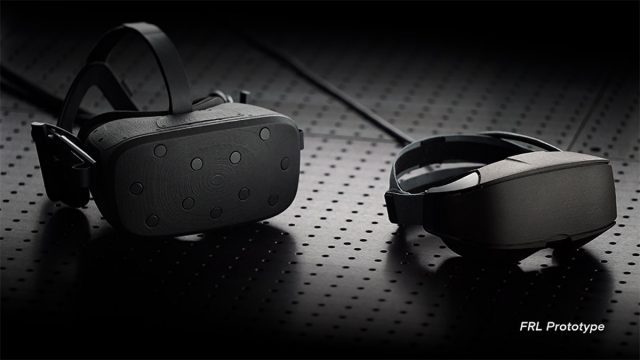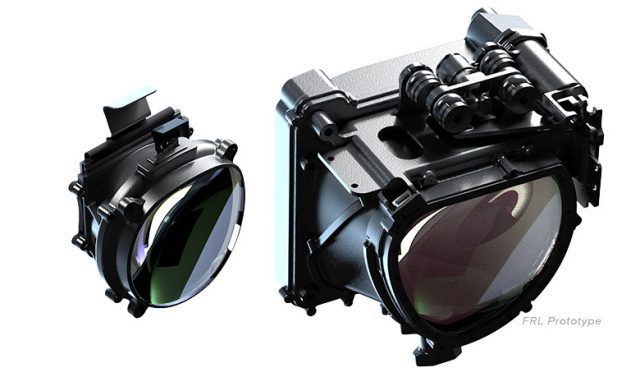Facebook Reality Labs, the company’s R&D department, previously revealed its ‘Half Dome’ prototype headsets which demonstrated functional varifocal optics small enough for a consumer VR headset. At a conference earlier this year, the Lab’s Director of Display Systems Research said the latest system is “almost ready for primetime,” and also detailed the Lab’s research into HDR (high-dynamic range) and pupil-steering displays for XR headsets.
Technological Readiness
Douglas Lanman, Director of Display Systems Research at Facebook Reality Labs, gave a keynote presentation at the SPIE AR VR MR 2020 conference earlier this year. In his presentation, which was recently posted online, Lanman introduced a scale of ‘technological readiness’:
- Basic Research – Basic principles observed
- Technology Formulation – Technology concept and application formulated
- Initial Validation – Experimental proof of concept
- Small Scale Prototype – Technology validated in lab
- Large Scale Prototype – Technology initially validated in intended environment
- Prototype System – Technology robustly demonstrated in intended environment
- Demonstration System – System prototype demonstrated in operational environment
- First of a Kind Commercial System – System complete and qualified
- Generally Available Commercial System – Actual system proven in operational environment
While the scale was originally used by NASA, Lanman likened it to the journey that research (level one) takes all the way through widespread availability of a product (level nine).
Lanman explained that the work of researchers tends to focus on levels 2 through 4, at which point the research is published and the researchers move onto another project, but rarely see their work reach the higher levels on the scale.
The Display Systems Research team at Facebook Reality Labs is unique, Lanman said, because the group has the capacity to work between levels 1 to 6, taking research all the way from “first principles” through to polished prototypes; much closer to a finished product than researchers typically see their work carried.
“So what’s really unique about this Display Systems Research team is that we’re not quite a startup, we’re not quite a major company, and we’re not quite academics. We really play from the absolute fundamental vision science through very polished prototypes—more polished than you’d see from most startups—to try to do one thing, which is [have a genuine impact on future products].”
Half Dome “almost ready for primetime”

The team created a series of prototypes dubbed ‘Half Dome’, which employ varifocal displays that allow the headset to correctly support both vergence and accommodation together—something no consumer VR headset does to date.
Half Dome 3 is the latest of the prototypes which Facebook Reality Labs has spoken about publicly. Instead of relying on a mechanically-driven varifocal display like the prior prototypes, Half Dome 3 implemented a static varifocal display which uses a series of liquid crystal lenses that allow the headset’s optics to change between 64 discrete focal planes. Half Dome 3 also employs ‘folded optics’ which significantly reduce the size of the display module.

The first Half Dome prototype was revealed back in 2018. At the time, Oculus said that customers shouldn’t “expect to see these technologies in a product anytime soon.” A year later the Half Dome 3 prototype was revealed, but Oculus was still tight lipped about whether or not the tech would find its way into a headset.
While it’s still not clear how close Oculus is to productizing a varifocal or folded optic display, Lanman ranked both Half Dome and Half Dome 3 on the technology readiness scale that he introduced earlier in this talk.
He placed Half Dome, the mechanically-driven varifocal headset, at level 6 (Prototype System), and Half Dome 3, the static varifocal headset with folded optics, at level 5 (Large Scale Prototype). “It’s almost ready for primetime,” he said of Half Dome 3.







